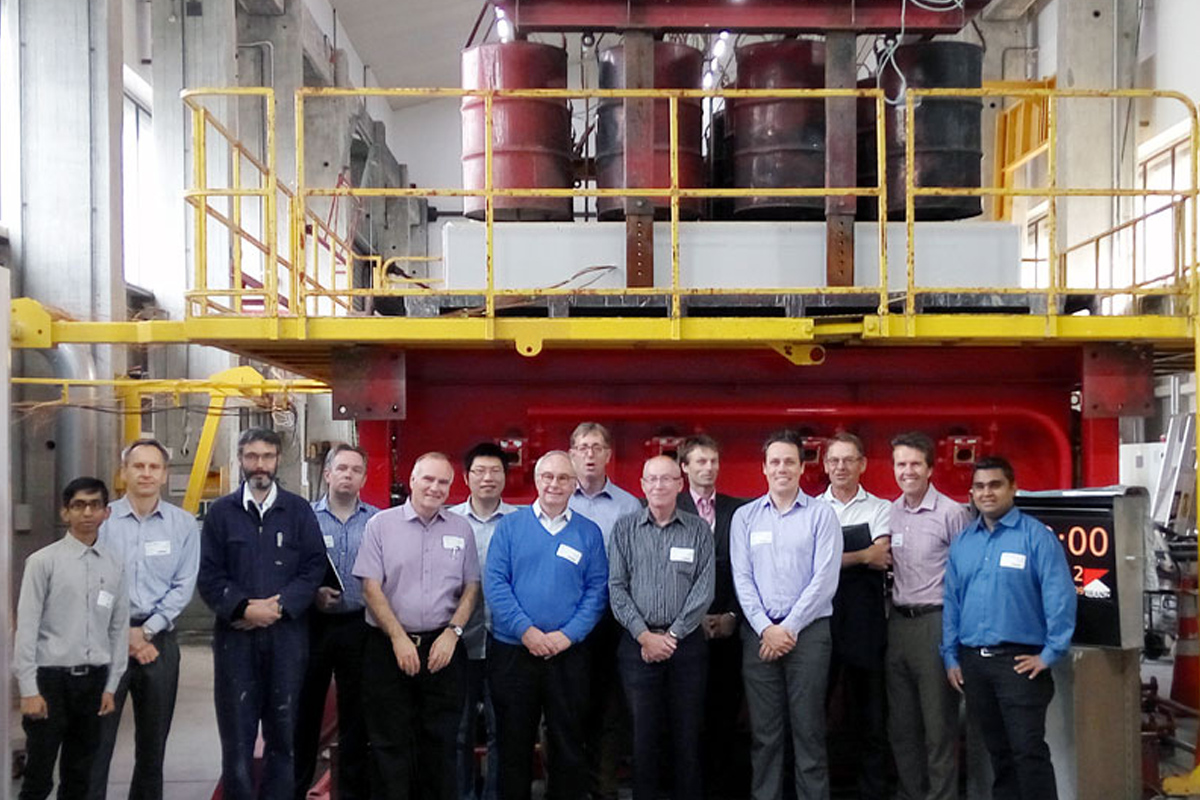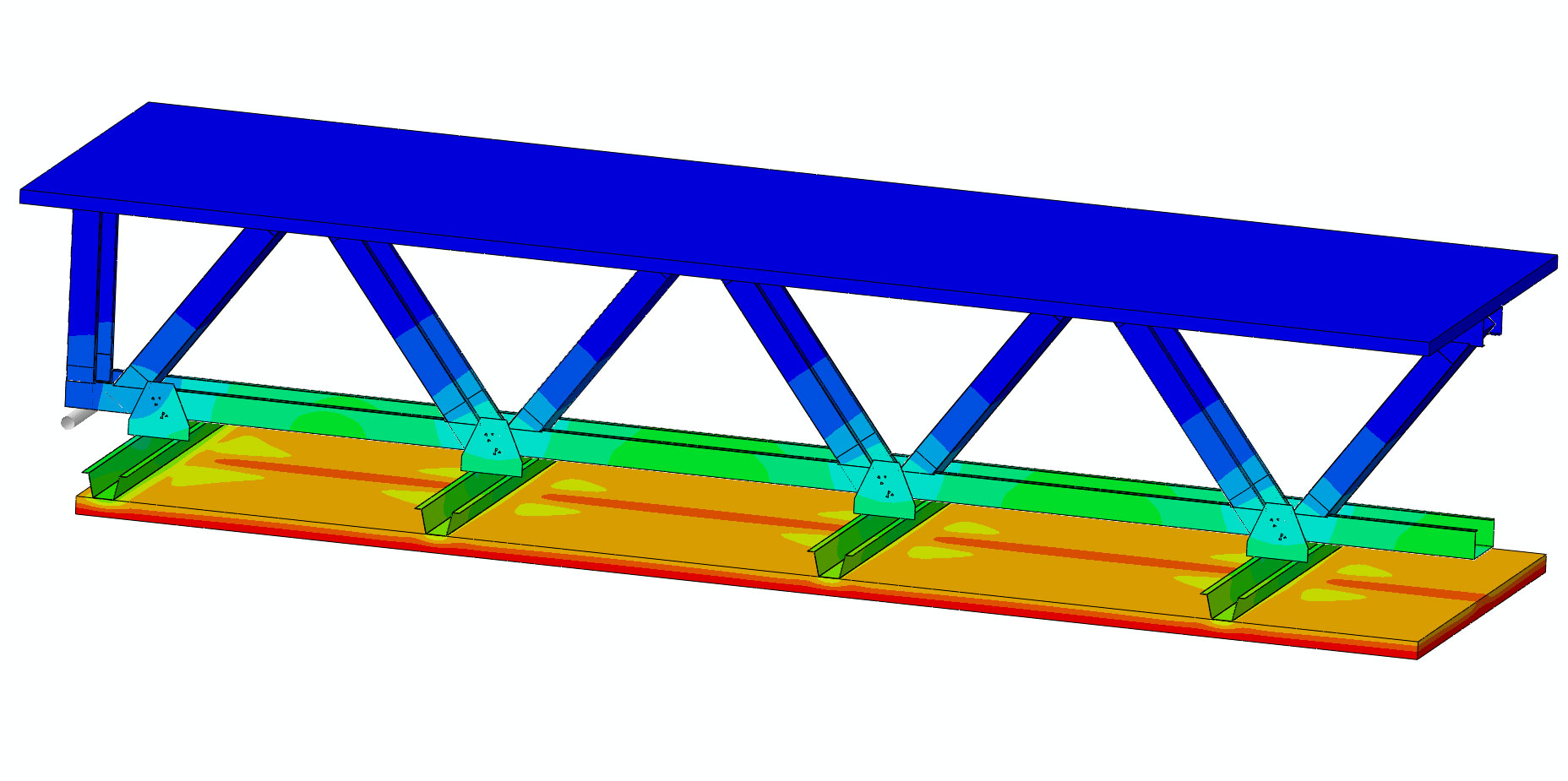HERA has significantly progressed the ongoing research work on this project initially reported in October 2015.
This two-year research project is BRANZ Levy-funded and HERA is working in partnership with the National Association of Steel Framed Housing Inc., (NASH) on the project. HERA/NASH would like to gratefully acknowledge the material contribution of Frametek Ltd, Howick Ltd, Rondo Ltd and Winstone Wallboards Ltd in this important research.
There are four work packages over the course of the two-year research project:
- WP1 – fire performance of light steel framed floors
- WP2 – stud-to-bottom plate joints
- WP3 – vertical bracing solutions
- WP4 – cost comparison of an exemplar six-storey light steel framed building

Task 1 Progress – fire performance of light steel framed floors in multi-story residential buildings
As announced last year, finite element analyses (FEA) have demonstrated that the grade of steel has a negligible influence on the steel floor joists’ fire performance. Since that time, numerical simulations have been completed on a typical 6m span Grade 550 light gauge steel truss used in the practice, and also on a 4m span truss, which was experimentally tested in BRANZ fire laboratories in Porirua mid-April.
The floor comprised of two layers of 13mm fire rated plasterboards, metal ceiling battens and clips, 100mm thick acoustic insulation, 0.95mm thick cold formed steel truss, and 20mm particle board. The floor was loaded to an equivalent of 1.8kPa uniformly distributed pressure. The initial simulations gave a good correlation with the actual fire tests.

Task 2 Progress
Professor Charles Clifton and senior lecturer James Lim at University of Auckland (UoA) led the research team for WP2 and WP3. The stud-to-bottom connection detail and bracing system under seismic actions will be particularly studied through series of laboratory tests.
UoA has already initiated the lab tests for WP2. After comparing against the action demand for a model six-storey LSF building in Auckland region, the calculation which was performed by HERA, the existing details for low-rise buildings (
The newly-developed connection details will be incorporated into full-scale lab tests in WP3 for vertical bracing system under cyclic loading as per BRANZ P21 test procedure. As the project moves on, it is expected to see significant progresses from WP2~3 in the next two quarters of this year and also the initiation of WP4 which relies on the development of WP2~3.
